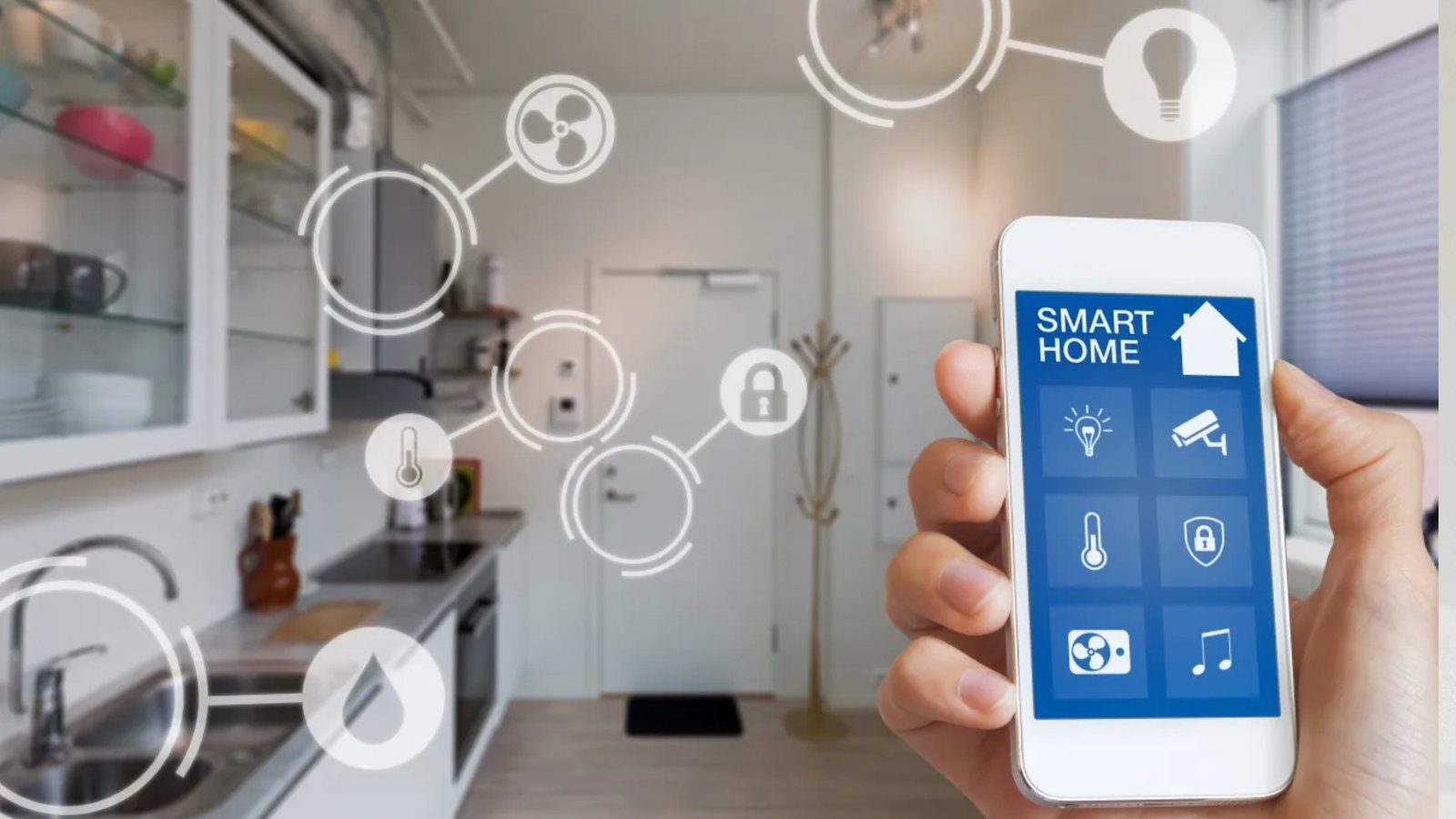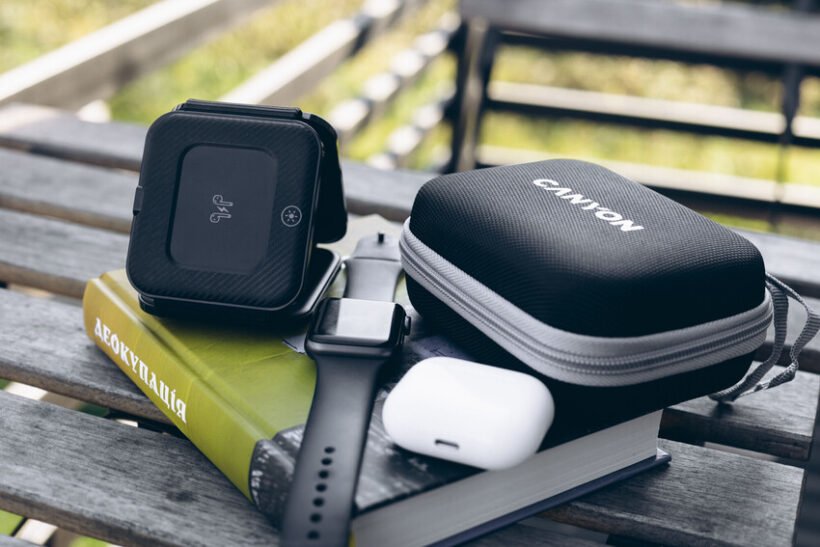Smart homes are no longer futuristic fantasies—they’re a daily reality. From voice-controlled lighting to automated cleaning, smart home devices are making everyday tasks simpler, faster, and more efficient. But with so many gadgets available, how do you know which ones genuinely improve your life?
In this guide, we’ll cover the smart home devices that actually make life easier, how they work, and why they’re worth the investment.
What Is a Smart Home?
A smart home is a house equipped with connected devices that can be controlled remotely via smartphones, voice assistants, or automated systems. These devices often integrate through platforms like Amazon Alexa, Google Home, or Apple HomeKit.
The goal: convenience, efficiency, and security.
Benefits of Smart Home Devices
Before diving into the list, here are the core benefits you’ll notice:
- Time Savings: Automate routine tasks like cleaning or adjusting lights.
- Energy Efficiency: Smart thermostats and plugs reduce waste.
- Enhanced Security: Cameras, locks, and alarms keep your home safe.
- Comfort & Customization: Tailor lighting, temperature, and entertainment to your mood.
- Remote Control: Manage your home from anywhere in the world.
Must-Have Smart Home Devices
1. Smart Speakers & Voice Assistants
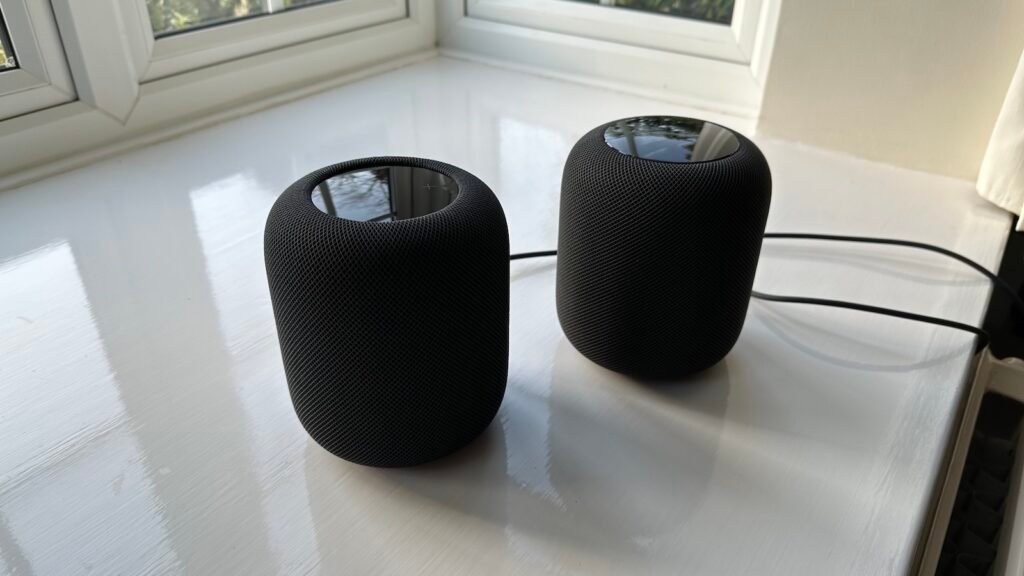
Smart speakers like Amazon Echo, Google Nest Audio, and Apple HomePod Mini let you control nearly every smart device in your home with simple voice commands.
- Play music, set reminders, or control your thermostat hands-free.
- Integrate with other devices for a seamless smart ecosystem.
2. Smart Lighting Systems
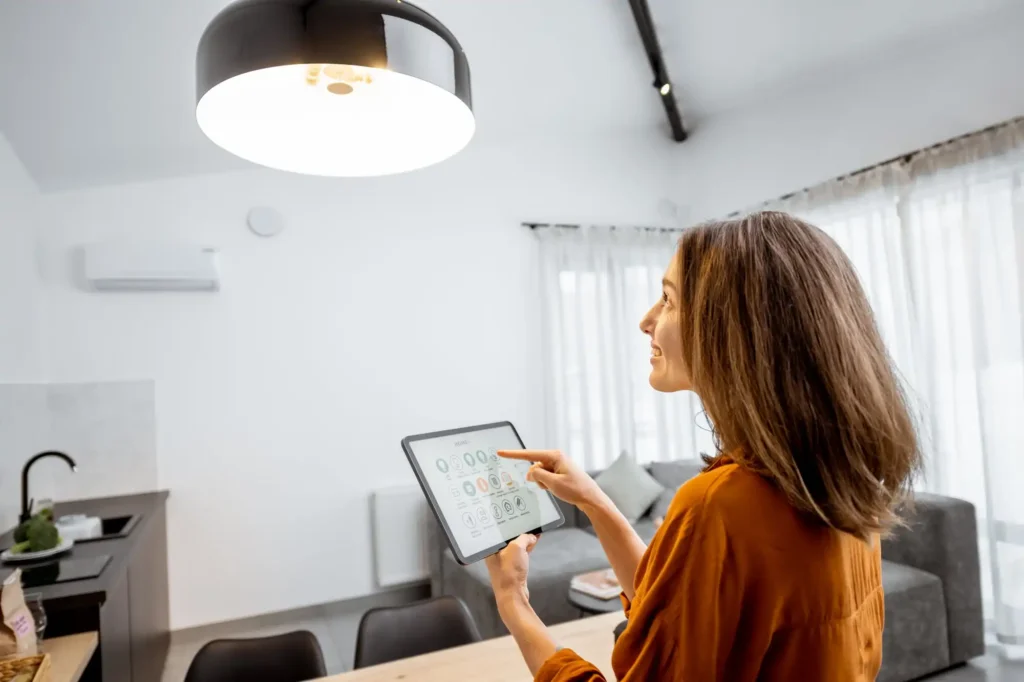
Smart bulbs from brands like Philips Hue or LIFX allow you to:
- Change brightness and colors with an app or voice command.
- Set schedules to mimic sunrise/sunset or create cozy moods.
- Save energy by automatically switching off when you leave.
3. Smart Thermostats
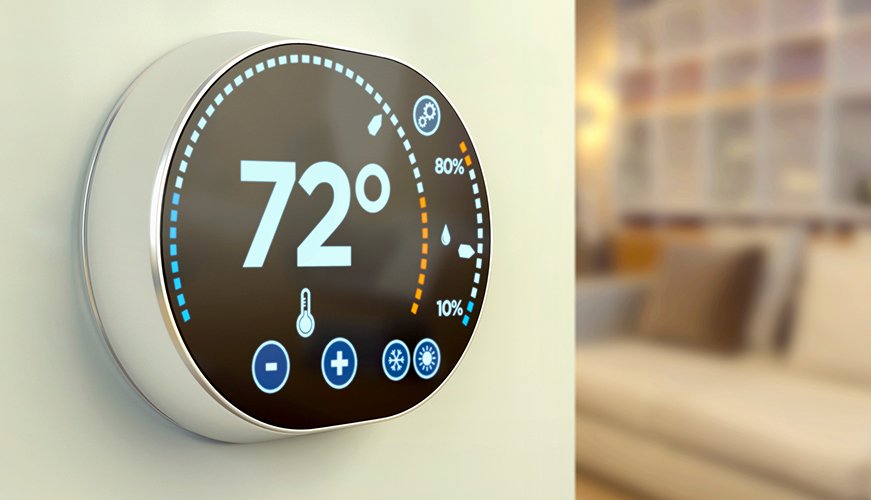
Devices like the Google Nest Thermostat and ecobee SmartThermostat learn your habits and adjust heating/cooling automatically.
- Lower bills with energy-saving schedules.
- Control temperature remotely while traveling.
- Some models use motion sensors to detect occupancy.
4. Smart Security Cameras & Doorbells
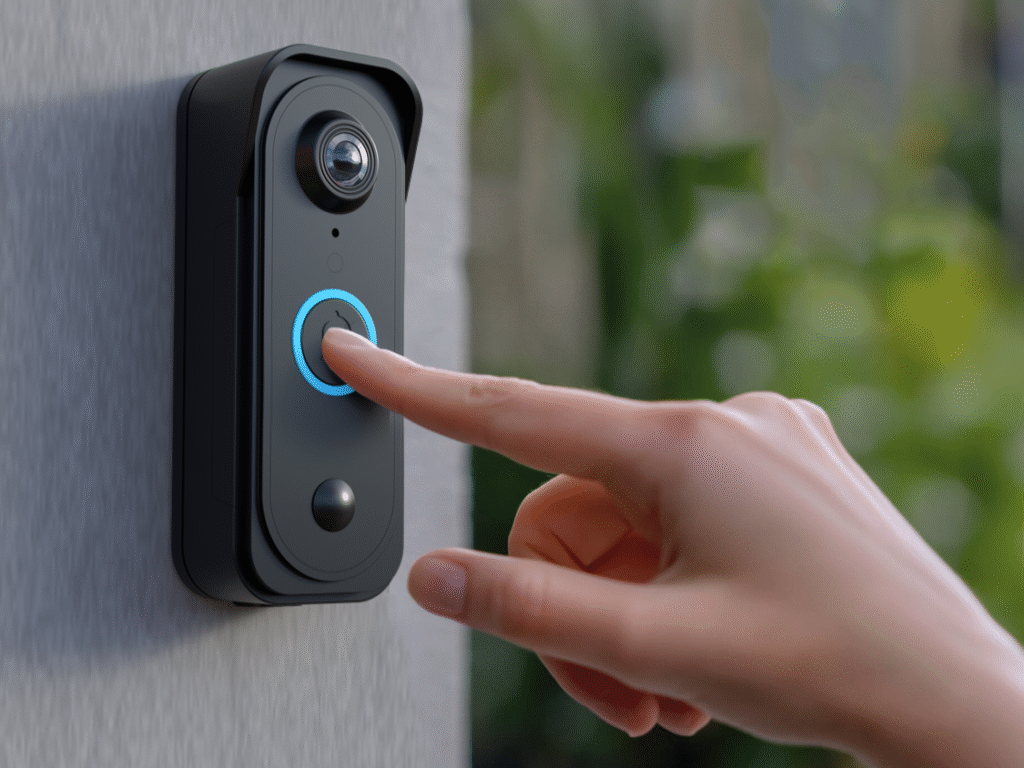
Ring Doorbell, Arlo Cameras, and Google Nest Cam give you 24/7 visibility of your home.
- Get motion alerts on your phone.
- Speak to visitors remotely.
- Store video footage in the cloud for safety.
5. Smart Locks
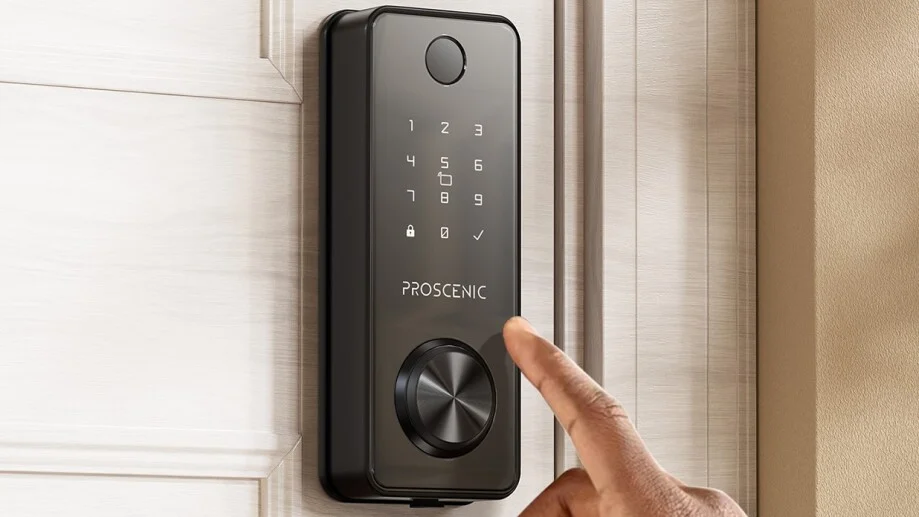
With August Smart Lock or Yale Assure Lock, you can:
- Unlock doors with your phone.
- Provide digital keys to family or guests.
- Track who enters and exits in real time.
6. Smart Plugs
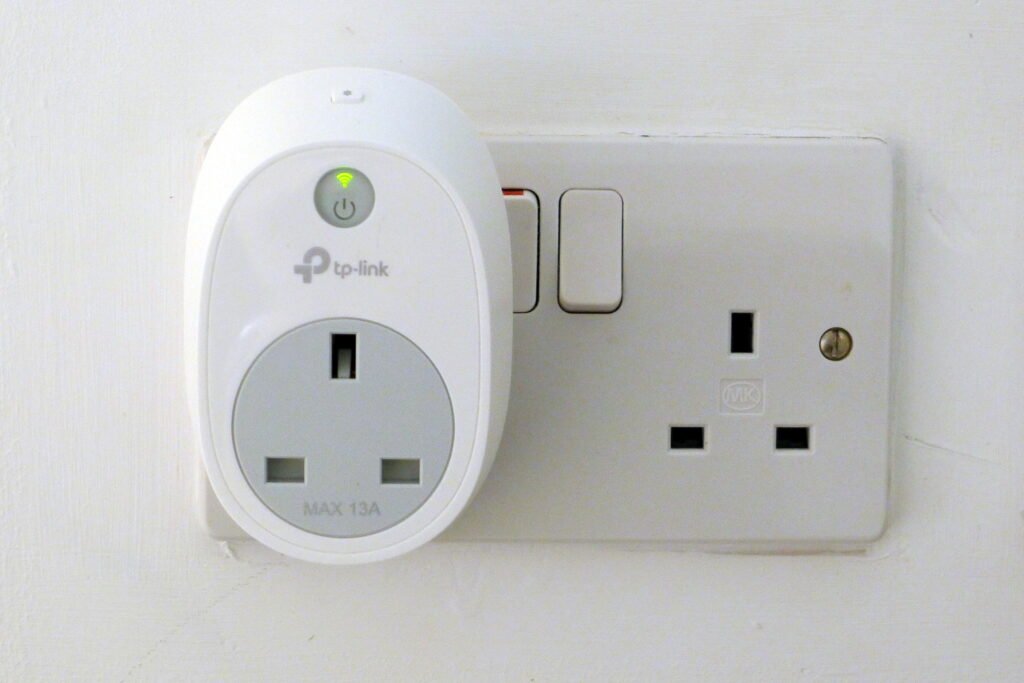
Affordable and versatile, smart plugs (TP-Link Kasa, Wemo) make any device “smart.”
- Turn appliances on/off via app or voice.
- Schedule coffee makers, lamps, or fans.
- Monitor power usage to save electricity.
7. Smart Vacuum Cleaners
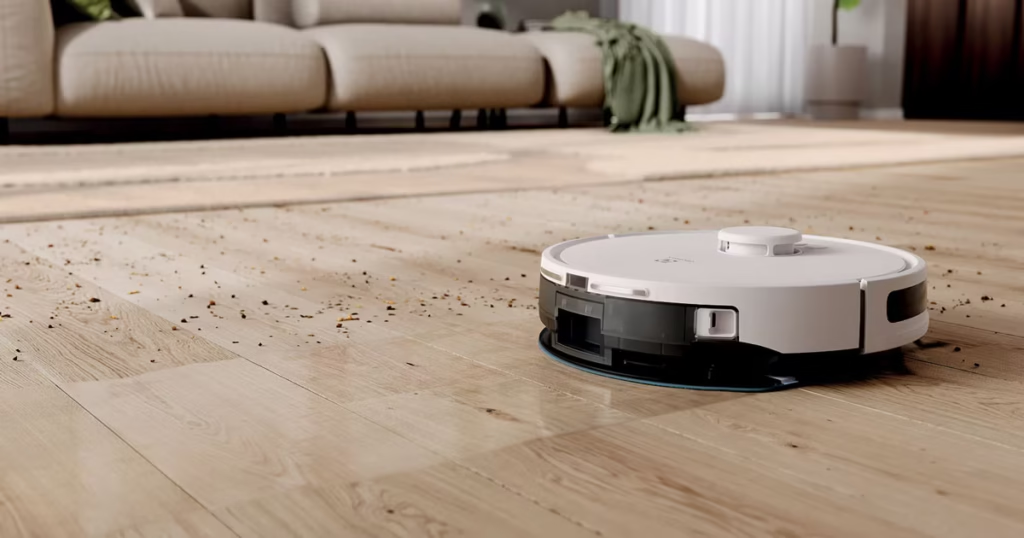
Robot vacuums like iRobot Roomba and Ecovacs Deebot keep your floors spotless with zero effort.
- Schedule daily cleans.
- Some models map your rooms for efficient navigation.
- Premium versions mop and vacuum together.
8. Smart Kitchen Appliances
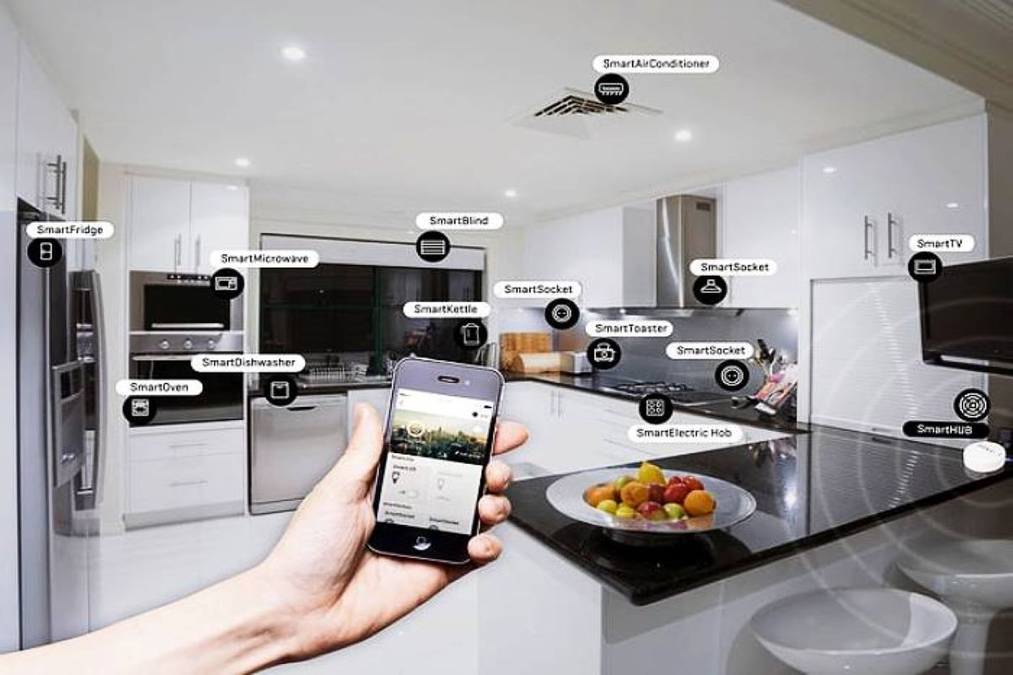
From smart fridges that track groceries to Instant Pots with Wi-Fi, your kitchen can become more efficient:
- Get recipe suggestions based on what’s in your fridge.
- Start cooking remotely from your phone.
- Receive maintenance alerts before problems occur.
9. Smart Home Hubs
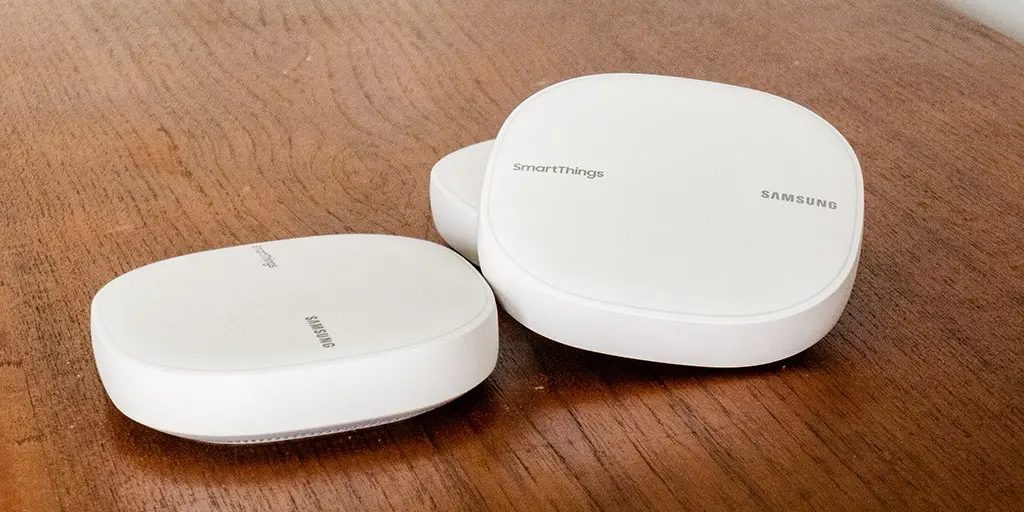
A hub connects all your devices under one app. Options include Samsung SmartThings or Home Assistant.
- Integrate devices across brands.
- Create automation routines (e.g., lock doors + dim lights at night).
- Ensure devices work smoothly together.
How to Choose the Right Smart Home Devices
When shopping for smart home gadgets, consider:
- Compatibility: Does it work with Alexa, Google, or Apple HomeKit?
- Budget: Start with affordable devices (smart plugs, bulbs) before upgrading.
- Scalability: Choose devices that can expand with your needs.
- Security: Always set up two-factor authentication to protect your smart home.
FAQs About Smart Home Devices
1. Are smart home devices safe from hackers?
Yes, but like any connected tech, they can be vulnerable. Always update firmware, use strong passwords, and enable two-factor authentication.
2. Do smart home devices save money?
Yes—smart thermostats and plugs reduce energy waste, often cutting bills by 10–20%.
3. Can I set up smart devices without professional help?
Most devices are DIY-friendly. Simply plug in, connect to Wi-Fi, and follow app instructions.
4. Do I need a hub for smart devices?
Not always. Many devices work independently, but a hub helps centralize control for multiple devices.
5. Will smart home gadgets work without Wi-Fi?
Some (like smart locks) have offline modes, but most require Wi-Fi for full functionality.
6. Which smart home devices should beginners start with?
Smart plugs, smart bulbs, and voice assistants are inexpensive, easy to set up, and deliver instant benefits.
7. Are smart home devices worth it?
If you value convenience, security, and efficiency, absolutely. Even starting with a few devices can make daily life easier.
Final Thoughts
Smart home devices aren’t just about tech—they’re about making life simpler. From voice-activated assistants to self-cleaning vacuums, the right gadgets can save time, cut costs, and improve comfort.
Start small with a few essentials like smart plugs and bulbs, then scale up to thermostats, locks, and appliances. Within weeks, you’ll wonder how you ever lived without them.

